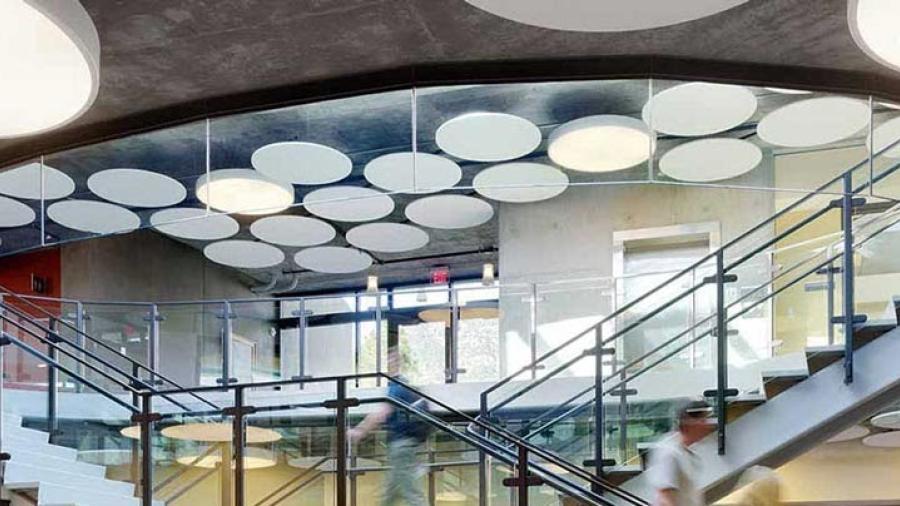Physics Research

Physics faculty are engaged in world-class experiments in experimental particle physics at the ATLAS experiment in Geneva Switzerland, and nuclear structure studies using gamma-ray spectroscopy at Florida State University and experimental cosmology at the Simons Array in Chile.
Internships and NSF funded summer research programs (REUs) at other institutions are also encouraged.
Students are encouraged to do individual experimental or theoretical research in his/her area of special interest in concert with a faculty member. The department has a rigorous student-faculty research program in a wide variety of fields that include:
- Experimental Particle Physics: Dr. Carlson brings students to work at the ATLAS experiment at the Large Hadron Collider in Geneva, Switzerland. The main research questions involve searching for exotic decays of the Higgs boson – including possible dark matter scenarios. The group also works on the trigger system for ATLAS experiment, which decides in a fraction of a second which data to save. Past students have performed studies of dark matter triggers and played key roles in operations of the experiment at CERN to ensure high quality data are saved.
- Cosmology and Observational Astronomy: Dr. Ito works with students using the Keck telescope on the Westmont campus, and travels with students to pursue research at the POLAR BEAR 2 experiment at the Simons Array in Chile. Her main interest is in the area of using cosmic microwave background radiation to probe the earliest epoch of the universe.
- Experimental Nuclear Physics: Dr. Haring-Kaye travels to particle accelerator facilities with students to study the structure of atomic nuclei using the methods of gamma-ray spectroscopy. Through this research, the decay patterns of nuclei are discovered as a nucleus relaxes from a state of high energy and angular momentum to the lowest one. The decays form a unique “fingerprint” for a given isotope, from which a set of excited states can be inferred. These states are then used to determine the degree to which nucleons interact independently or coherently within the nucleus and are compared with the predictions of contemporary theoretical calculations to help improve our understanding of the strong nuclear force. He thoroughly enjoys involving undergraduates in that research ha principal or co-principal investigator on four National Science Foundation grants.